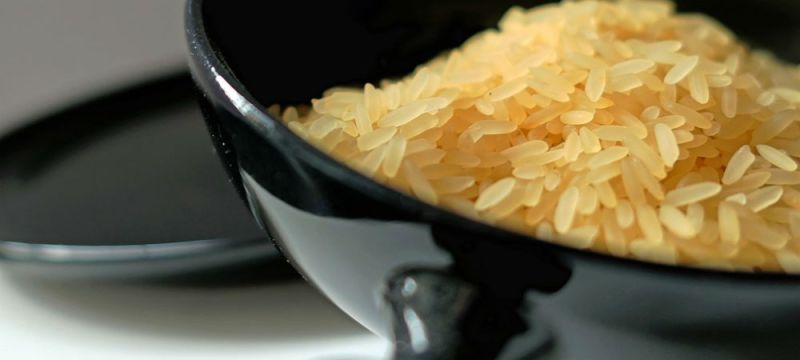Rice is a common grain and an important component in many dishes. Asian countries consume the most rice, accounting for 90 percent of the world’s total consumption of this massively important grain. Although rice is delicious and easy to make, many are starting to stray away from this starchy grain for health reasons—especially those who need to keep track of their blood sugar levels.
Rice Is One Heavy Carbohydrate

Many recent health and wellness trends are pursuing a low-carb diet as the solution to optimal health and successful weight loss, such as the keto diet. Rice — specifically the white variety — is known as a refined complex carbohydrate, which has a high glycemic index and can lead to blood sugar crashes. Luckily, there are some tasty options to use in place of rice that won’t leave you feeling worn out and sluggish. Try out these low-carb substitutions for all of the taste and absolutely none of the blood sugar guilt:
Cauliflower Rice

Cauliflower has become a popular alternative to traditional rice, as it’s a great source of vitamins C and K, can improve digestion, help prevent various types of cancer and can even help fight inflammation throughout the body. You can make cauliflower rice by simply pulsing chopped cauliflower in a food processor or blender until it has the consistency of couscous, or buy it prepackaged.
Cabbage Rice

Cabbage is jam-packed with plenty of nutrients, and it has even be shown to help prevent and fight cancer. Cabbage’s toughness makes it a great substitute for rice. Simply pulse the cabbage and adding salt, pepper and any other seasonings of your choice.
Miracle Rice

Miracle Rice — also known as Shirataki Rice — is made from Japanese yams. This rice alternative contains no calories, carbohydrates, soy or gluten, making it an ideal choice for those on a strict diet or for people who suffer from celiac disease. Miracle Rice is available at most supermarkets.
Zucchini Noodles

Zucchini noodles, also known as “zoodles“, are a healthy substitute for both rice and pasta — the carb count in zoodles is significantly lower and has only 33 calories per cup. They’re easy to prepare — just run a zucchini through a spiralizer or julienne the zucchini and boil, bake or sauté them.
Butternut Squash

Butternut squash is another vegetable that is filled with a ton of nutritional benefits including vitamins A and C, and it also boosts your immune system and fights inflammation. Making butternut squash into noodles is very similar to zoodles, in that you’ll need a spiralizer or peeler to form the noodles. Once you’ve got the noodles made, toss them in olive oil salt and pepper, and then bake in the oven for a slightly sweeter alternative to rice.
Spaghetti Squash

Spaghetti squash is a natural alternative to grains. When cooked, the squash will separate into strands that can serve as a substitution for noodles and rice, and the flavor is mild so it won’t overpower any dish. Spaghetti squash is loaded with fiber, vitamin C, and only holds 42 calories by cup serving, making it a healthy choice for those needing nutrients and watching their calorie count.
Quinoa

Quinoa is a superfood packed with nutrients, high in protein and one of the few foods that contains all nine essential amino acids. Quinoa is gluten-free, making it an ideal choice for those with sensitivity towards gluten. It can be prepared in many ways and serves as a wonderful addition to many soups, salads and main courses. Both quinoa and rice hold the same calorie content per cup, but quinoa far surpasses rice when it comes to essential nutrients and overall health impact.
